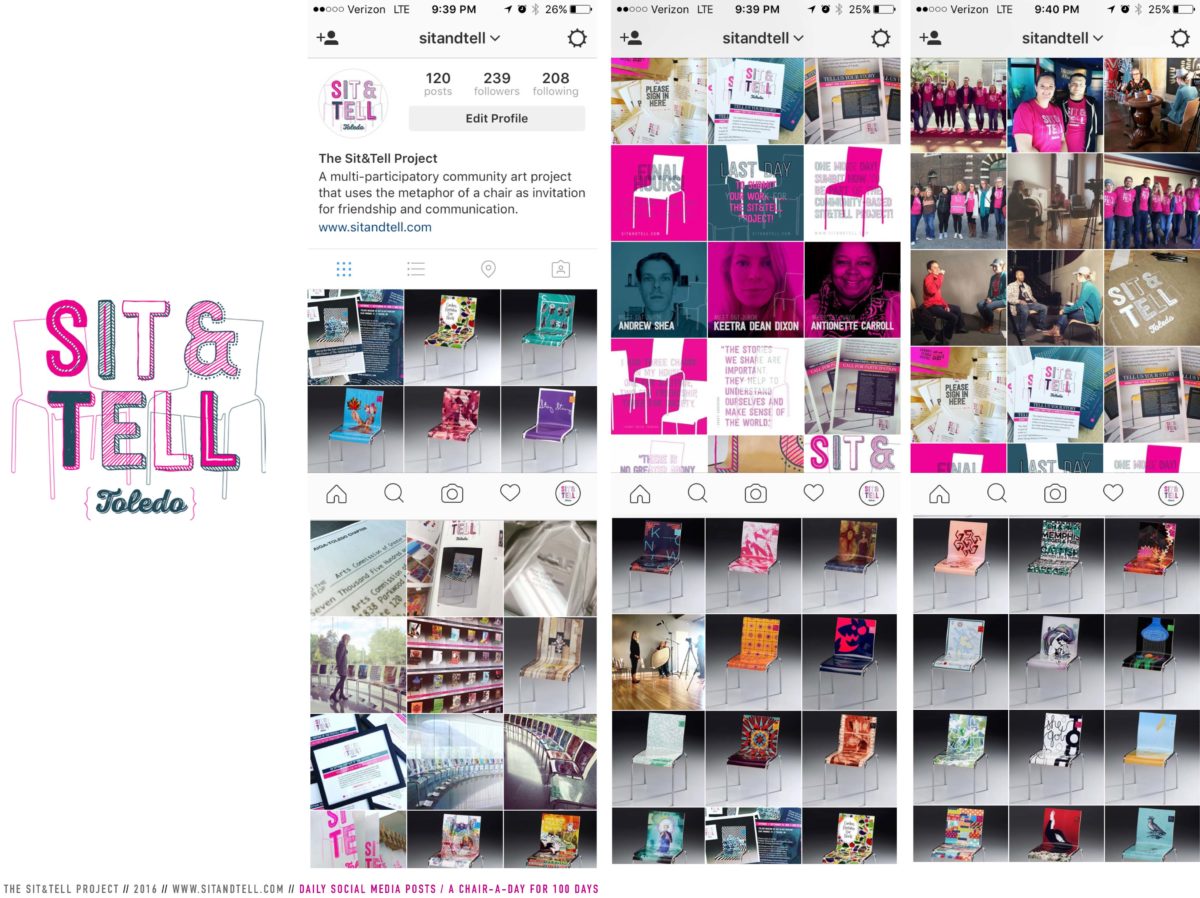Linh Dao
Assistant Professor
California Polytechnic State University
Alcoholic beverage labels captivate and fascinate. Some excite with promises of novelties, while others connect on a deeper level, reaching for similarity or intimacy. Yet they all have one thing in common: they vary in their levels of authenticity. Designers tell stories for their clients. Some never get to tell their own.
A package design expresses brand identity, as well as personal identities, in addition to building relationships with consumers. In the classroom, such a project should encourage students to tell their own stories, especially if they are underrepresented or marginalized. The project would allow students to both develop and explore their identities, as well as connect and build their communities.
The Interactive Storytelling for Packaging Design project was designed specifically for that purpose. It uses the theoretical framework of the identity wheels developed by the University of Michigan as a starting point. It helps students explore and investigate the abstract concepts of personal, social, and intersectional identities. Students are then encouraged to consider the format of a physical package as a self-portrait, with the exterior and the interior being the more and less obvious identities that are more or less keenly felt in different social contexts. While identities are ever-changing, the fact that they can have an effect on how we treat others remains the same.
This project aims to (1) to be actively unbiased towards privileged, white, mid-socioeconomic cultures and (2) to tackle the topic of identity in a substantive way of fostering identity development beyond elementary visual representation.
The project is exciting because it pairs abstract concepts with emerging new technology. Students learn to formulate their ideas, creating assets, and building the prototypes. They get the opportunity to blend both 2D and 3D graphics. They can write their own unconventional narrative about themselves and connect to consumers in an intimate yet powerful way. The opportunities are endless.
My presentation explains how augmented reality can be used to add interactive storytelling elements to a traditional beverage label package design. It outlines the appropriate parameters of such a project for a graphic design classroom, including contextual background, technology implementation, and limitations. It also includes student deliverables consisting of print designs and augmented reality extensions that are playable on mobile devices such as the iPhone or the iPad.





